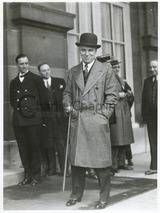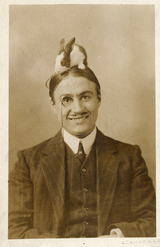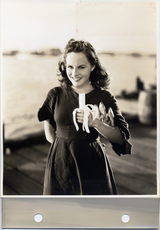The Walk That Talks
Article contributed by Sawani Vinita, Researcher, India
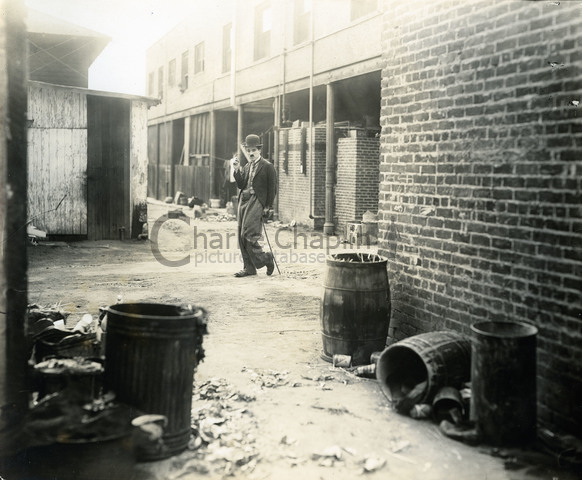
He makes people laugh and cry, makes them feel more human through his gestures and postures, facial expressions and accessories. He makes them pinch themselves to awaken from the impure materialistic zone to the pure realistic one. He arouses every emotion with silence - Charlie Chaplin, the maestro of body language. He transliterates emotions through the motions of his most loved, creative persona ‘The Tramp’. None other has the physical capabilities to carry the burden of common man’s joys and sorrows than the Tramp. The body language of the Tramp has the strength to hold the world together, as it pertains to the pretence of human emotions. It entangles men with every significant move.
What else can achieve more universality and harmony than the body language of Charlie Chaplin to convey real outrageous human convictions? What does Chaplin speak when he walks? This is a global query and the answer can be sought through a lively gestural journey of mind-blowing interpretations.
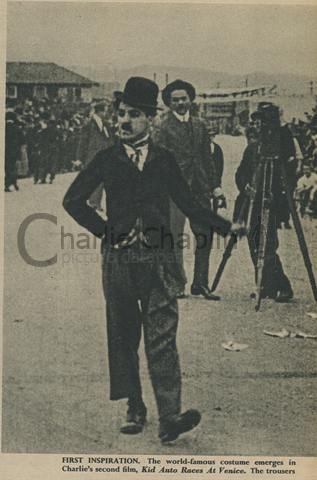
The walking style of Chaplin left a mark on this world not only to fulfil the entertainment appetite of the viewers but to highlight the common man’s existence, survival and revival in an aristocratic world. It created enough space for itself in the capitalist and bourgeois society that reigned over the deprived and the needy. Chaplin’s walking style and gestures may seem to be exaggerated motions, but they bring about worldly emotions that have no cultural, sex, age or social constraints.
The Chaplin walk drove the world crazy. It brought the world together, together to laugh, leaving their sorrow far behind the doors of ‘isms’ and opening the vents for ‘oneness’. The magic is not only in the movement but in ‘moving’ the world. Every move of the legs whispers the Tramp is ‘one’ of all, yet different. His supersonic postural changes and walking speed were larger than life – though words were silent, the movements sounded aloud. Such ‘movement’ reached all corners of the world, leading spectators down streets of hilarity, of hidden lessons for finding one’s own way for the ‘right to live’ and the ‘right to tramp.’ His walk preferred to bid adieu to class conflict, loosening itself into the world to raise the flag of ‘human rights’.
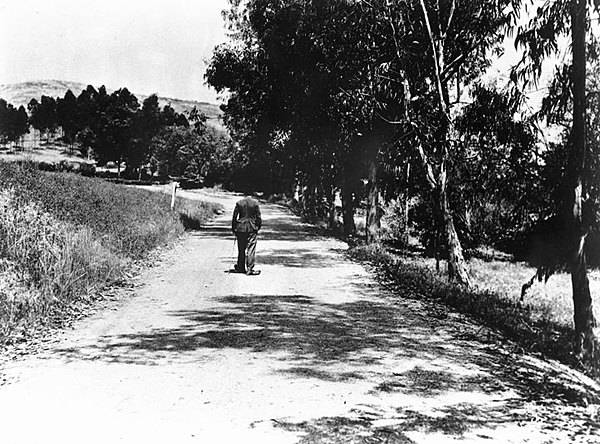
Dan Kamin confesses in his book, The Comedy of Charlie Chaplin : Artistry in Motion that the most challenging of all the body languages that Chaplin uses is his walk and that it is difficult to train people to do the ‘Chaplin walk’. The physical movement of it is impossible to conquer but one must remember the motive behind the funny movement. It utilizes the comedy of manners, the comedy of humours and also the comedy of errors, the human errors of depriving the have-nots. The walking style focuses on the false pride in it every now and then with weird bends in the movement. The bend is not only funny enough to make people laugh at him but to laugh at themselves, at their own errors. The ‘ever-idiot’ Tramp walks like animals - the penguin on the roadside, the rabbit on a country road or the duck in a lonely street. Why does he? Why can’t he be very human in walking consciously to show the world the false Victorian pride? He may prefer to walk like animals to be funny without a penny. Perhaps he prefers to belong to the world of animals far better than that of humans. But the ‘idiot’ Tramp is witty and the wisest fellow to make fun of the pseudo-humane will, funny enough to depict the Shakespearean fool.
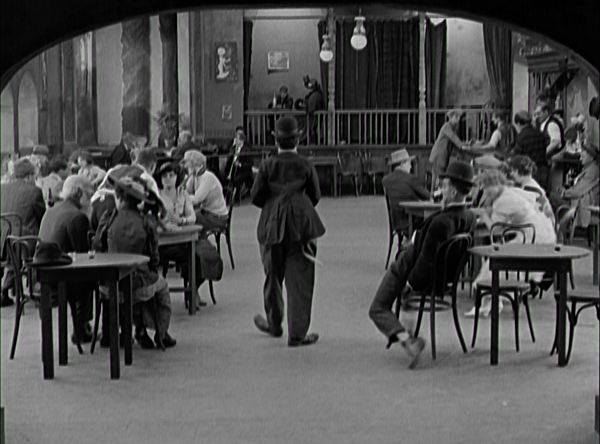
A few physical, psychological and creative aspects of expressions and emotions can be analysed as very typical of Chaplin’s walk after keen observations of the films. The walking styles adopted can be named, according to their outward motion and inward emotion: The Escapist Walk – walking hurriedly to escape from a grim situation, mostly from the eyes of a policeman. The Pretence Walk – pretending to walk like aristocrats or pretending not to be guilty of a mischievous act. The Helpless Walk – walking helplessly to depict hopelessness after the puncture of a temporary love affair or the impossibility of survival in the material world. The Considerate Walk – walking for an appeal to make a kind consideration of him not being guilty of any offence. The Slapstick Walk – walking along performing gags to live up to the silent comedy genre of slapstick. The Easy Walk – the ease of the walk along with sudden freezes, the physical aspect of skill to create comedy. The Loose Bend – bending both knees while walking, to loosen the gait when and if wanted to create physical comedy. The Obstacle – to cease after hindrance during the walk, to overcome it and to move on. The Deliberate Walk – to walk deliberately slow or fast or heavily to heighten the effect of the character portrayed. The Pathos Walk – the worldly withdrawal of the tramp dipped in pathos is exhibited in his walking. The Merry Walk - walking merrily in the lanes may it be on country roads or the city crossroads, depicting merry mood in love or loneliness. Its adaptability in every situation - grave or gleeful - is skilfully promoted. The Move On – however sad and helpless, the walk makes the tramp move on in life. This gives the tragicomic tinge. The Dance Walk – the mixtures of walking, dancing, running and sudden stopping for pleasure or attention-seeking.
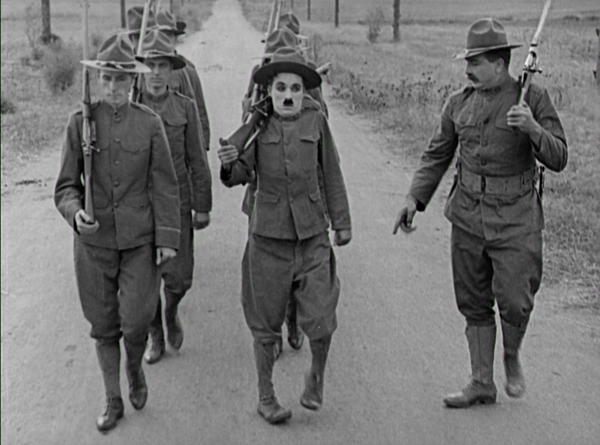
Every Chaplin walk is musical. His walks are situational and designated to the characterization that he adopts in a film. Chaplin uses multiple styles of walking inclusive of all the possible existing categories - he is the driver, the influencer, the supporter, the corrector, the swaggerer, the arm swinger with hands in the pocket, hands on hips. He has the meditative walk, the confidence walk, the leadership walk with different pacing skills. He has a disorganized walk or an organized one, he looks on the ground or in the air, at times upright or relaxed, or at other times, the strutting style is graceful, poised and confident. He uses each style beyond any scientific or artistic human categorization, and so very natural are his acts and momentary are his shifts, that he isn’t bound to any one such category. It would be sinful to categorize his well-timed walking trails. Versatility is but a poor word for the fine artistry of his walking gags. Chaplin makes the utmost use of body language to express every bit of tragedy in comic tones and every bit of comedy in tragic overtones. His walk overthrows the Victorian capitalist reign through mockery with his matchless body language skills. His walk shows that off-screen crippled capitalism is meant to be made fun of, and even uprooted. He was a revolutionary comic artist depicting a Tramp who attempts to dress in an aristocratic manner, yet his clothing is tattered, whose naturally shabby walk exudes a pretence of refinement. This was the revolt against the capitalists who had eaten the portions of the poor and the traders who had traded their souls for material gains. He walked on the streets in his films to show the world the darker side of life in a lighter tone. The sound of his deliberate tramps probably sank in the audience laughter.
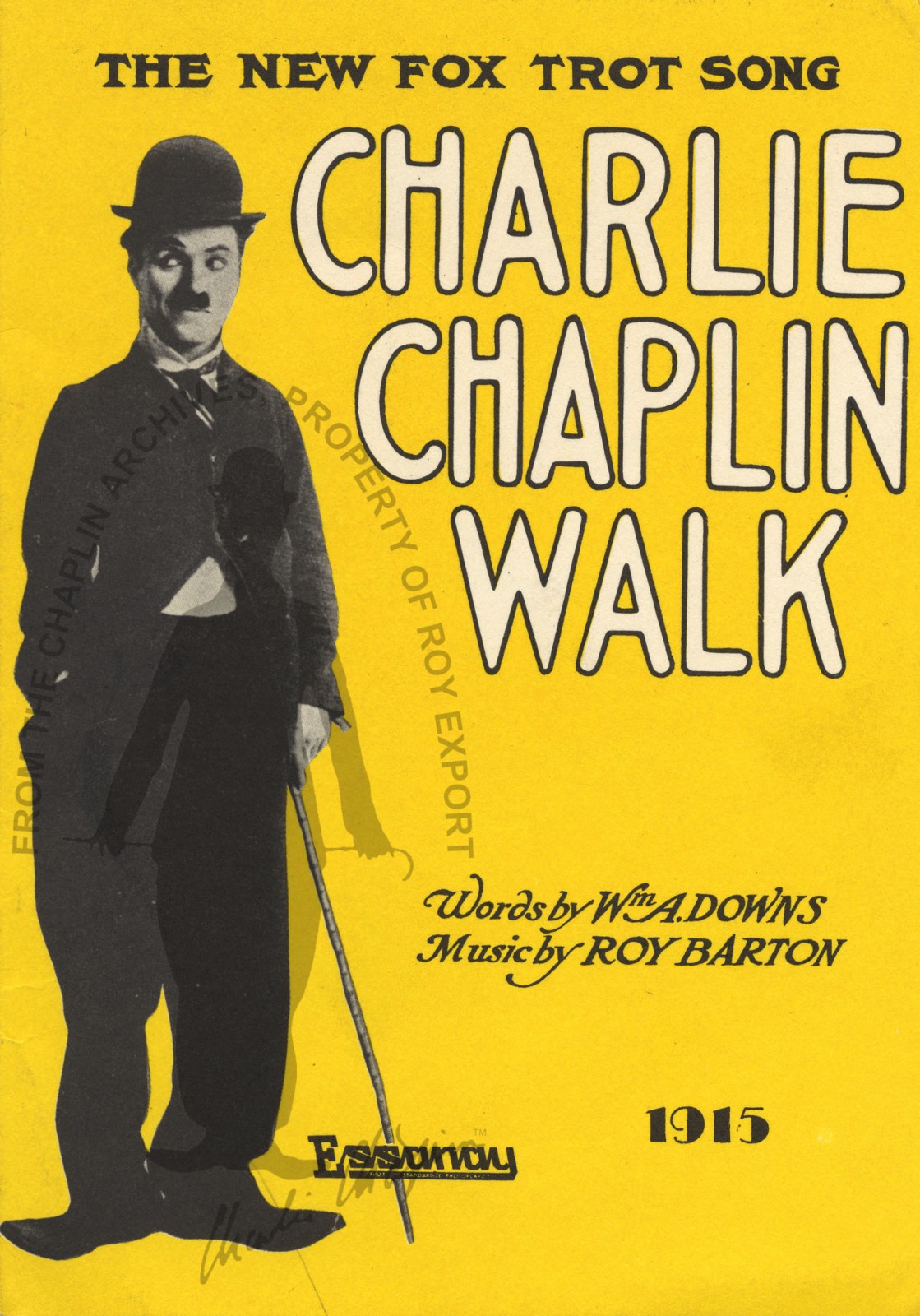
Though these interpretations and observations focus on the ‘walking style’ aspect of Chaplin’s comic silent films, one cannot isolate it from the other body language aspects. For instance, in most cases – the Tramp walks with varied facial expressions that create the total impact of the bodily movement and adds to the aristocratic style, along with the hat, the coat and the cane which are essential accessories. He completes the Chaplin trademark with his ‘treadmark’. After all what is more difficult and unconquerable in the world than ‘That Charlie Chaplin Walk’?
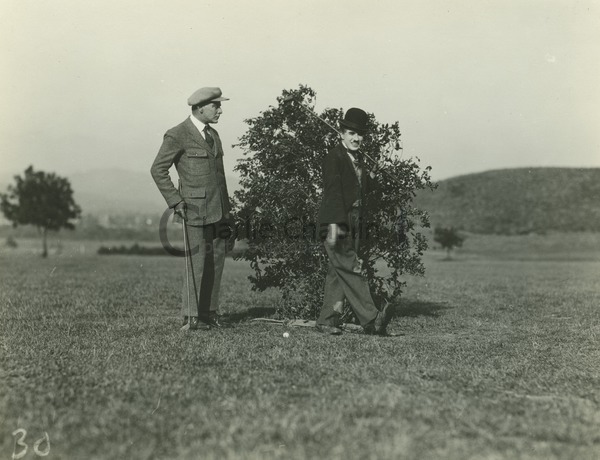
We can see him walking for a reason. His walk may leave us laughing and giggling but what remains underneath is the bend that he instils throughout. It signifies the aristocratic bend – a symbol of silent revolt against the materialistic society. Physically his walking style is a comic suggestion of certain animals - the rabbit, the penguin and the duck. It is definitely funny, but it is a fun dipped in the pathos of the political, socio-cultural and economic waves at the advent of World War I until the Cold War period. The world witnessed the strain of Stalin, Lenin and Roosevelt on one hand and The Great Dictator on the other.
This is reminiscent of the common man image that the great Indian caricaturist R.K. Laxman designed which apparently is uncommon in today’s life. With erect spine and erect head, he manages to carry that awkward, not-so-sophisticated, bent-legged shuffle to appear funny and make fun.
The world’s adorable ‘Tramp’, himself defines his walk. He tramps, trudges, plods, stamps, tramples, lumbers, stumps, clumps, stomps, stumbles, marches, clomps to make us laugh and cry. A person who travels from place to place, a vagabond on foot in search of work, or the one who begs, is essentially a Tramp. Though he is silent, we can hear his footsteps because they are heavy. It is the tramp of his marching feet - marching towards humanity in search of love, compassion and composure, his thirst of glee transcending the existing gloom.
Copyright © Sawani Vinita (sawania@yahoo.com)
